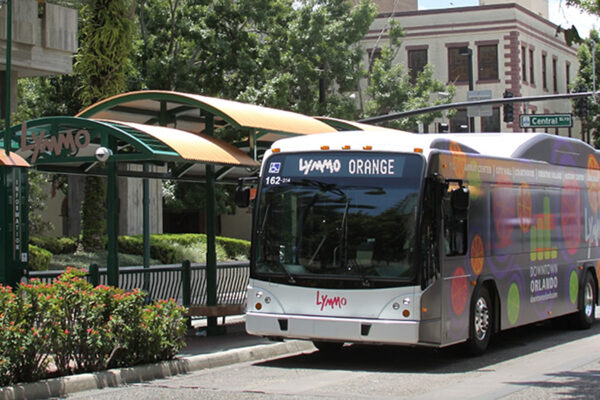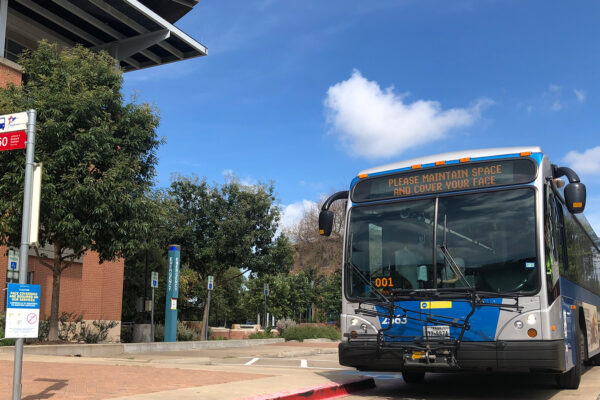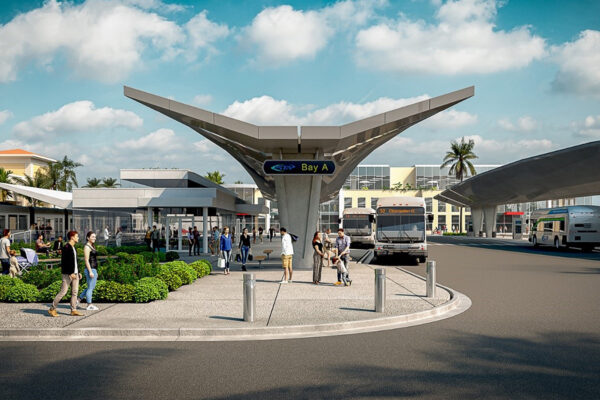SORTA Regional Mobility Gap Analysis

As part of its ongoing support for the Southwest Ohio Regional Transit Authority (SORTA), Benesch completed a regional gap analysis for the transit agency. The purpose of the study was to identify gaps between the mobility needs of the local population, the existing regional transit network and the regional job hubs across an eight-county area of greater Cincinnati, and to develop a prioritized program of strategies to mitigate identified mobility gaps.
The study area included portions of southwest Ohio, northern Kentucky and eastern Indiana, as well as the six transit agencies operating within the region. These included Butler County Regional Transit Authority (BCRTA), Catch-A-Ride (CAR), Clermont Transportation Connection (CTC), SORTA, Transit Authority of Northern Kentucky (TANK) and Warren County Transit. Additionally, the Ohio-Kentucky-Indiana (OKI) Council of Regional Governments was an important study stakeholder. The study area is home to a population of 2,085,600 and over 980,000 jobs.
The study effort involved close coordination with the transit agencies to assess existing services (alignments, frequencies, spans, ridership and schedules) and conduct statistically valid rider surveys to understand the capabilities and limits of the existing services. Surveys of the general population were conducted at both the MSA and county levels to understand existing barriers to transit use and the potential of transit to serve regional travel.
Additional survey efforts were conducted through email, SMS, social media and outreach events coordinated through the extensive contact databases from the participating agencies. Combined, these efforts provide a significant voice for transit riders and non-riders to better understand the opportunities and challenges to expand access to mobility and create improvements to the transit network to support improved regional travel.
By combining data on transit services, regional travel, jobs and socioeconomics with survey research, this study identified the distribution of mobility needs, jobs and travel to define the gaps, and provided the information necessary to determine strategies to mitigate the mobility gaps, improve transit and prioritize a regional program of projects for funding.




